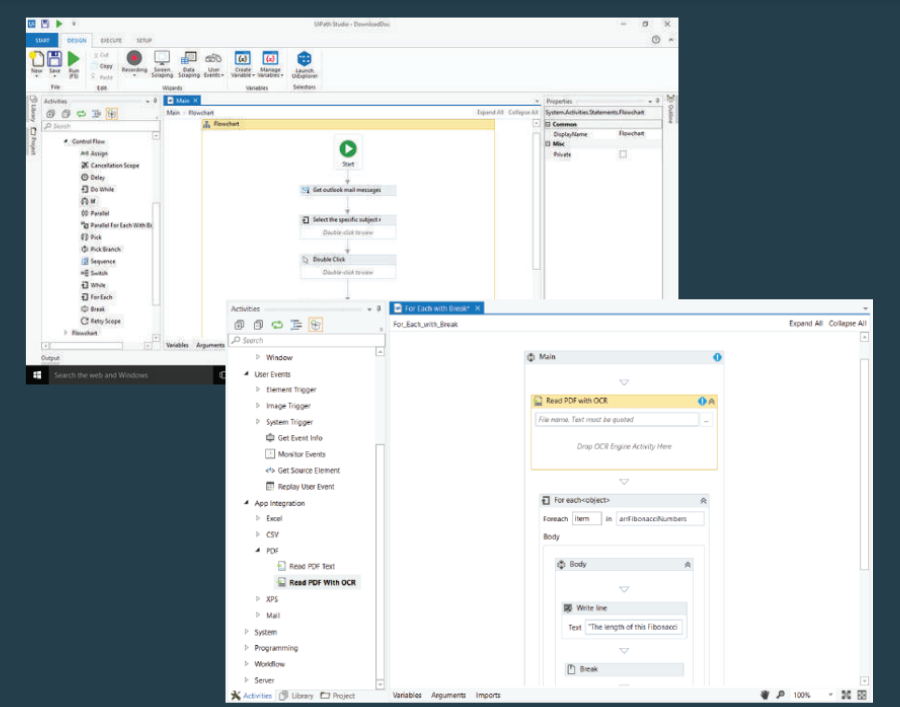Robotic Process Automation
Introduction
Software robotics, sometimes referred to as robotic process automation (RPA), uses automation technology to simulate back-office functions performed by human employees, such as extracting data, filling out forms, moving files, etc. To integrate and carry out repetitive operations between enterprise and productivity applications, it mixes APIs and user interface (UI) interactions. RPA technologies carry out autonomous execution of a variety of tasks and transactions across unrelated software systems by deploying scripts that mimic human operations.
This form of automation uses rule-based software to perform business process activities at a high-volume, freeing up human resources to prioritize more complex tasks. RPA enables CIOs and other decision makers to accelerate their digital transformation efforts and generate a higher return on investment (ROI) from their staff.
When effectively managed across the organization, content can be used to engage customers, automate business processes and enhance collaboration.
How does RPA work?

According to Forrester, RPA software tools must include the following core capabilities:
- Low-code capabilities to build automation scripts
- Integration with enterprise applications
- Orchestration and administration including configuration, monitoring and security
Automation technology, like RPA, can also access information through legacy systems, integrating well with other applications through front-end integrations. This allows the automation platform to behave similarly to a human worker, performing routine tasks, such as logging in and copying and pasting from one system to another. While back-end connections to databases and enterprise web services also assist in automation, RPA’s real value is in its quick and simple front-end integrations.
Intelligent process automation demands more than the simple rule-based systems of RPA. You can think of RPA as “doing” tasks, while AI and ML encompass more of the “thinking” and “learning,” respectively. It trains algorithms using data so that the software can perform tasks in a quicker, more efficient way.
Effectiveness
Less coding
Rapid cost savings
Higher customer satisfaction
Improved employee morale
Automate repetitive basic tasks in the organization
• Reduce errors in operations
• Increase operational efficiency (robot run 24/7 on behalf of human)
- Better accuracy and compliance: Since you can program RPA robots to follow specific workflows and rules, you can reduce human error, particularly around work which requires accuracy and compliance, like regulatory standards. RPA can also provide an audit trail, making it easy to monitor progress and resolve issues more quickly.
- Existing systems remain in place: Robotic process automation software does not cause any disruption to underlying systems because bots work on the presentation layer of existing applications. So, you can implement bots in situations where you don’t have an application programming interface (API) or the resources to develop deep integrations.

